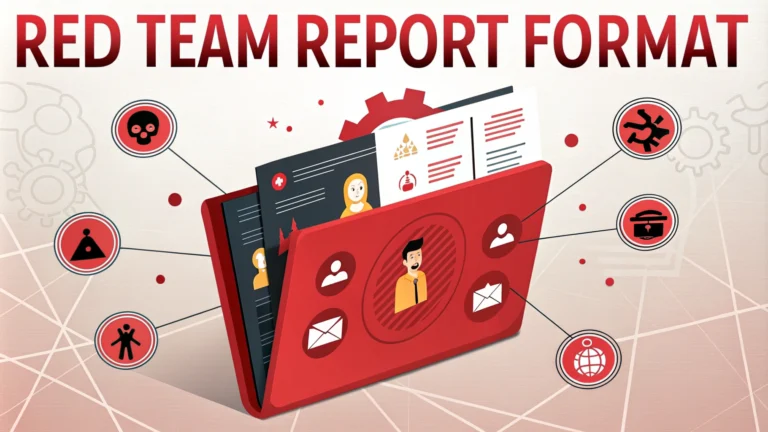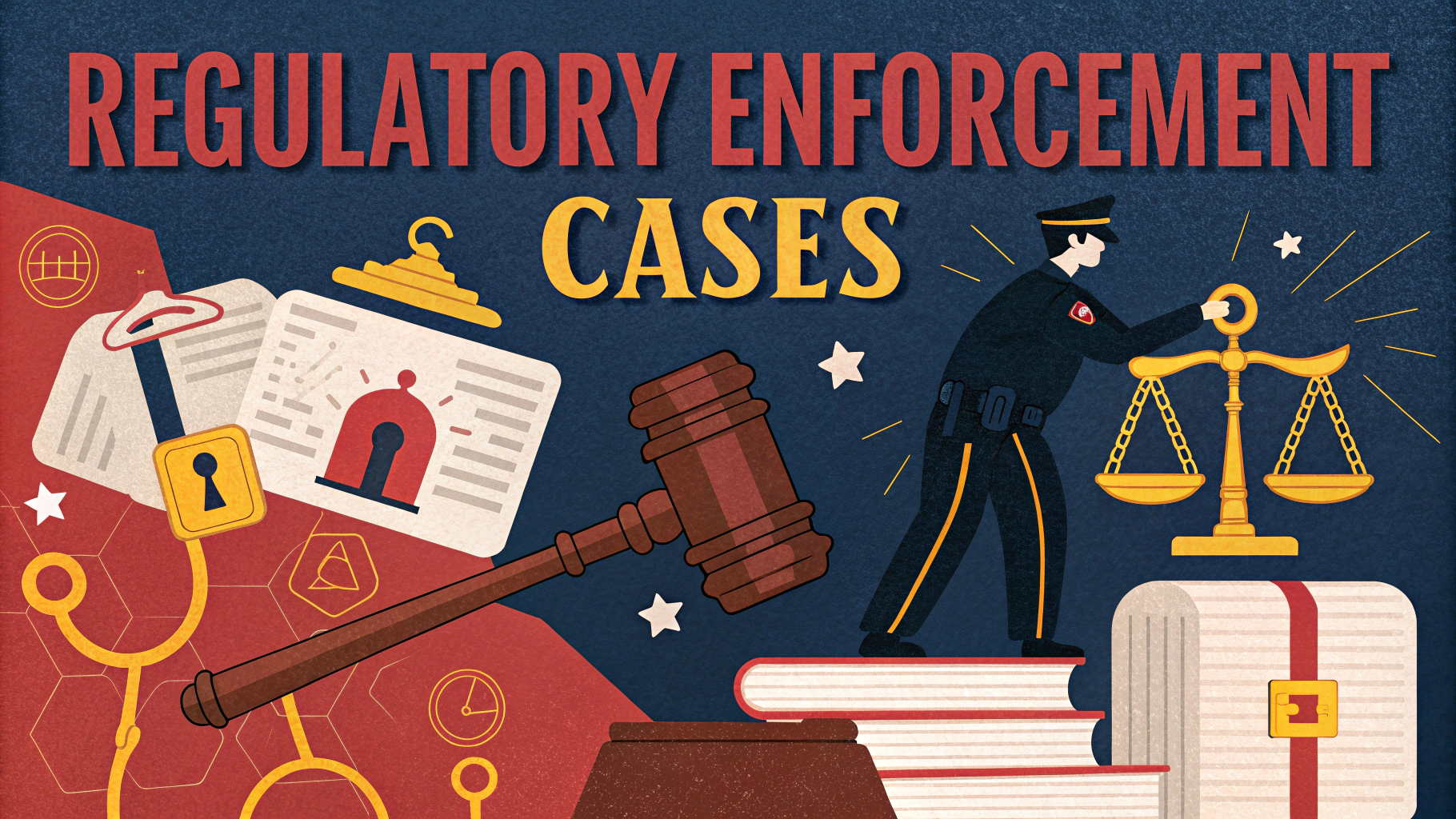Red team reporting transforms complex security assessment findings into actionable intelligence for organizations to improve their defenses.
Professional red team reports document discovered vulnerabilities, attack paths, and recommendations while maintaining clarity for both technical and non-technical readers.
This guide covers the essential components of effective red team reporting and provides templates and best practices to help security teams deliver maximum value from their assessments.
Key Components of Red Team Reports
- Executive Summary
- Scope and Objectives
- Methodology
- Findings and Vulnerabilities
- Attack Path Documentation
- Remediation Recommendations
- Technical Appendices
Executive Summary Best Practices
The executive summary should present a high-level overview of critical findings without technical jargon.
Include risk ratings and business impact assessments for each major vulnerability.
Provide clear metrics like number of critical vulnerabilities found, systems compromised, and data accessed.
Documenting Attack Paths
- Use attack flow diagrams showing progression through systems
- Include timestamps and duration of attack sequences
- Document tools and techniques used at each stage
- Highlight detection gaps and bypass methods
Vulnerability Documentation Format
| Section | Content |
|---|---|
| Title | Clear description of the vulnerability |
| Risk Rating | CVSS score and severity level |
| Description | Technical details and impact |
| Proof of Concept | Screenshots and reproduction steps |
| Remediation | Specific fix recommendations |
Writing Effective Recommendations
Each recommendation should include implementation difficulty, estimated cost, and priority level.
Provide specific vendor solutions or configuration changes where applicable.
Include references to industry standards and compliance requirements.
Report Templates and Tools
- PwnDoc – Open-source pentest reporting application
- Serpico – Penetration testing report generation tool
- Template Report – Red team reporting templates
Quality Assurance Checklist
- Verify all screenshots are properly sanitized
- Confirm technical accuracy of findings
- Check consistency in risk ratings
- Review grammar and formatting
- Validate remediation steps
Moving Forward with Report Findings
Create a tracking system for implementing recommendations using tools like Jira or Trello.
Schedule follow-up assessments to verify remediation effectiveness.
Maintain a knowledge base of common findings and solutions for future reference.
Consider quarterly reviews of unresolved findings with stakeholders.
Report Distribution and Access Control
Implement strict access controls for red team reports due to their sensitive nature.
Use secure document sharing platforms with encryption and access logging capabilities.
Consider creating different versions of reports for various stakeholder groups:
- Full technical report for security teams
- Executive brief for management
- Sanitized version for compliance auditors
Metrics and KPI Tracking
Assessment Performance Indicators
- Time to initial compromise
- Number of critical findings
- Detection rate by internal teams
- Remediation completion rates
Business Impact Measurements
- Potential financial loss prevented
- Compliance gaps identified
- Security control effectiveness
Continuous Improvement Process
Establish feedback loops between red team assessments and security operations.
Document lessons learned and update testing methodologies accordingly.
- Regular methodology reviews
- Tool effectiveness evaluation
- Report format optimization
- Stakeholder feedback integration
Building Organizational Security Resilience
Transform red team findings into long-term security improvements through:
- Integration with security awareness training
- Updates to security architecture
- Enhancement of detection capabilities
- Refinement of incident response procedures
Regular reporting and assessment cycles help organizations maintain strong security postures and adapt to emerging threats.
Success depends on clear communication, actionable recommendations, and consistent follow-through on identified improvements.
FAQs
- What is Red Team penetration testing and how does it differ from regular penetration testing?
Red Team penetration testing is a comprehensive security assessment that simulates real-world attacks by sophisticated adversaries. Unlike regular penetration testing, Red Team engagements are more extensive, typically longer-duration exercises that test the organization’s detection, response capabilities, and overall security posture across technical, physical, and human domains. - What are the primary objectives of Red Team engagements?
Red Team engagements aim to identify vulnerabilities, test security controls, evaluate incident response procedures, assess blue team capabilities, and demonstrate potential business impacts of successful attacks through real-world attack scenarios and techniques. - How long does a typical Red Team engagement last?
A thorough Red Team engagement typically lasts between 4-12 weeks, though some may extend longer depending on the scope, objectives, and size of the target organization. - What methodologies do Red Teams typically follow?
Red Teams commonly follow established frameworks such as MITRE ATT&CK, Kill Chain, and TIBER-EU, while employing stealth tactics, custom tools, and advanced persistent threat (APT) simulation techniques. - What should be included in a Red Team report?
A Red Team report should include an executive summary, detailed technical findings, attack paths, successful compromises, detection gaps, impact analysis, remediation recommendations, and supporting evidence like screenshots and logs. - How does Red Team reporting differ from vulnerability assessment reports?
Red Team reports focus on attack narratives, successful attack chains, and operational security failures rather than just listing vulnerabilities. They emphasize the business impact and demonstrate how multiple smaller vulnerabilities can be chained together for significant compromise. - What are the essential components of Red Team infrastructure?
Red Team infrastructure includes command and control (C2) servers, redirectors, anonymous VPN endpoints, phishing frameworks, custom malware, and separate environments for payload development and testing. - How should sensitive findings be handled in Red Team reports?
Sensitive findings should be compartmentalized, encrypted, and distributed on a need-to-know basis. Critical vulnerabilities should be reported immediately through pre-established channels, and reports should be classified according to the organization’s security policies. - What metrics should be included in Red Team reports?
Key metrics include time to detection, time to response, number of successful compromises, detection coverage gaps, mean time to breach, and effectiveness of security controls against specific TTPs (Tactics, Techniques, and Procedures). - How are Rules of Engagement (ROE) documented in Red Team reports?
ROE documentation should detail approved targets, excluded systems, authorized techniques, timing constraints, emergency contacts, and any specific limitations or restrictions that were in place during the engagement.








